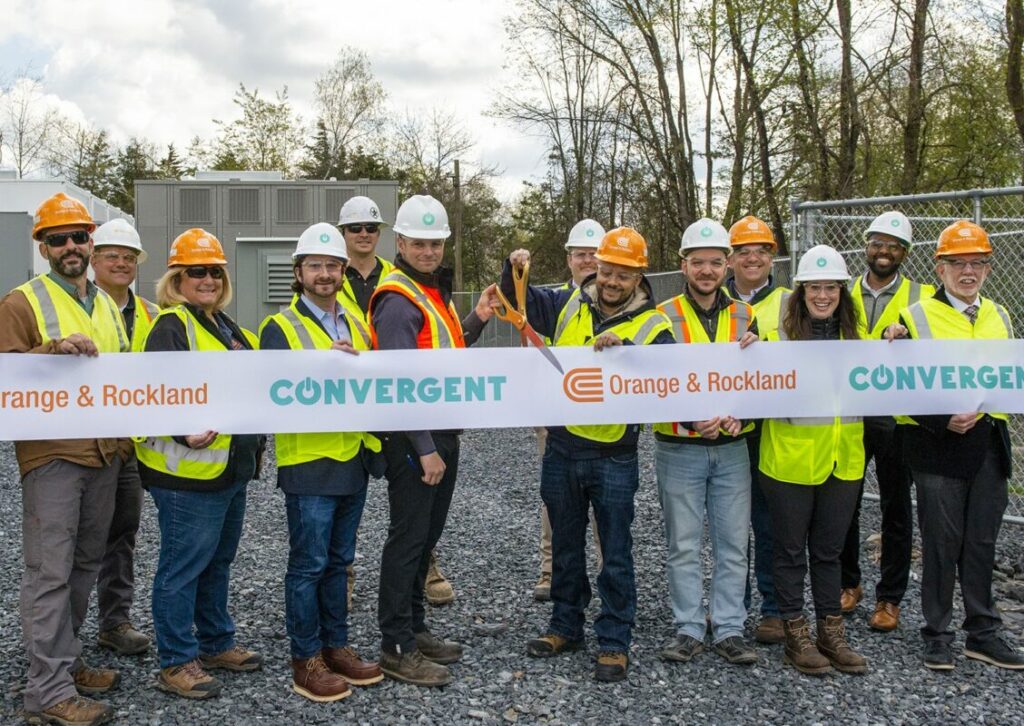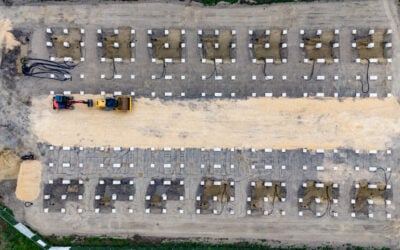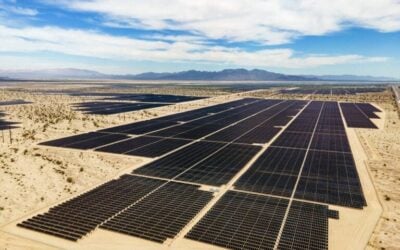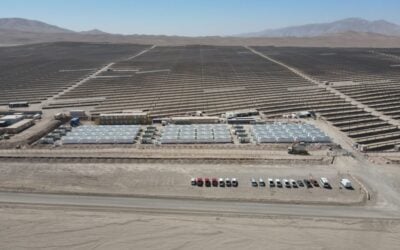
Convergent Energy and Power has brought online a 12MW/57MWh battery storage project for New York utility Orange and Rockland Utilities (O&R) which will reduce the need for more expensive network upgrades.
Energy storage solutions provider Convergent Energy and Power announced the completion of the project at the beginning of this week (15 May), described as the first non-wires alternative (NWA) energy storage installation in New York’s southeastern Orange County.
In short, non-wires alternatives are solutions that mitigate the need for buildout of transmission and distribution (T&D) networks, by using cheaper alternatives that include battery storage. When electricity grids reach or are projected to reach their full carrying capacity and become congested, batteries can help shift the load they carry to different times of day, when they are less strained.
The solution in Orange County is distributed across three separate 4MW battery energy storage system (BESS) installations: two on property owned by the local Warwick Valley Central School District, the third in the Orange County Village of Warwick. The batteries will improve grid conditions for a number of towns, villages and hamlets in the largely rural area, serving around 7,500 of O&R’s customers.
Try Premium for just $1
- Full premium access for the first month at only $1
- Converts to an annual rate after 30 days unless cancelled
- Cancel anytime during the trial period
Premium Benefits
- Expert industry analysis and interviews
- Digital access to PV Tech Power journal
- Exclusive event discounts
Or get the full Premium subscription right away
Or continue reading this article for free
“This project represents a positive, innovative achievement in O&R’s continuous efforts to provide more sustainable, local power while minimising its costs to our customers,” utility president and CEO Robert Sanchez said.
It will do this via connection to O&R’s Wisner substation in the Warwick area, helping to back up the substation’s operation as well as supplementing local electricity supply on days of high demand, which could include summer or winter peaks when heating or cooling loads increase, for example.
It’s mitigating those peaks that proves both expensive and technically difficult for utilities around the world and the Convergent Energy and Power BESS installations, connected to O&R’s existing overhead wires and cables will help O&R with that. Building out new T&D lines and infrastructure is also a lengthy, difficult and often highly regulated process that frequently meets with local opposition.
The BESS project also makes a modest contribution to New York’s energy storage deployment targets: 3,000MW by 2025 and 6,000MW by 2030. Orange & Rockland, Con Edison (of which O&R is a subsidiary) and New York’s other investor-owned utilities (IOUs) are each tasked with procuring or deploying a tranche of that storage output each.
It’s the first NWA project for O&R in its Orange County service area, but not the utility’s first of its kind. Back in 2021, developer Key Capture Energy and the utility switched on a non-wires alternative BESS project in Rockland County, a 3MW system provided by system integrator-manufacturer Powin Energy.
Key Capture Energy won that project’s contract through an Orange & Rockland request for proposals (RFP). In April 2021, Energy-Storage.news covered the project, at O&R’s Ladentown substation in Pomona, Rockland, as one of three relatively small-scale projects which nonetheless proved the versatility and forward-looking applications of battery storage technology.
Valuable NWA use cases taking time to take hold
Despite the seemingly obvious value of the NWA use case, getting projects off the ground has not been straightforward. While it’s difficult to generalise why that may be, it generally comes back to the highly regulated – if not outright politicised – nature of T&D planning and investment.
As with much to do with advanced energy storage, the technology development progresses much faster than the regulations of the markets it participates in. In New York, a recent report highlighted the importance of transmission network planning waking up to the benefits of energy storage as a non-wires alternative. A similar report was published pertaining to the neighbouring New England ISO jurisdiction around the same time.
Yesterday (16 May), Energy-Storage.news reported on a distributed energy storage buildout planned by German transmission system operator (TSO) Amprion with energy company E.On as a mitigator of grid congestion. Other recent examples include a transmission-level 30MW/60MWh NWA BESS project completed in Brazil last year on the networks of transmission system operator (TSO) ISO CTEEP.





